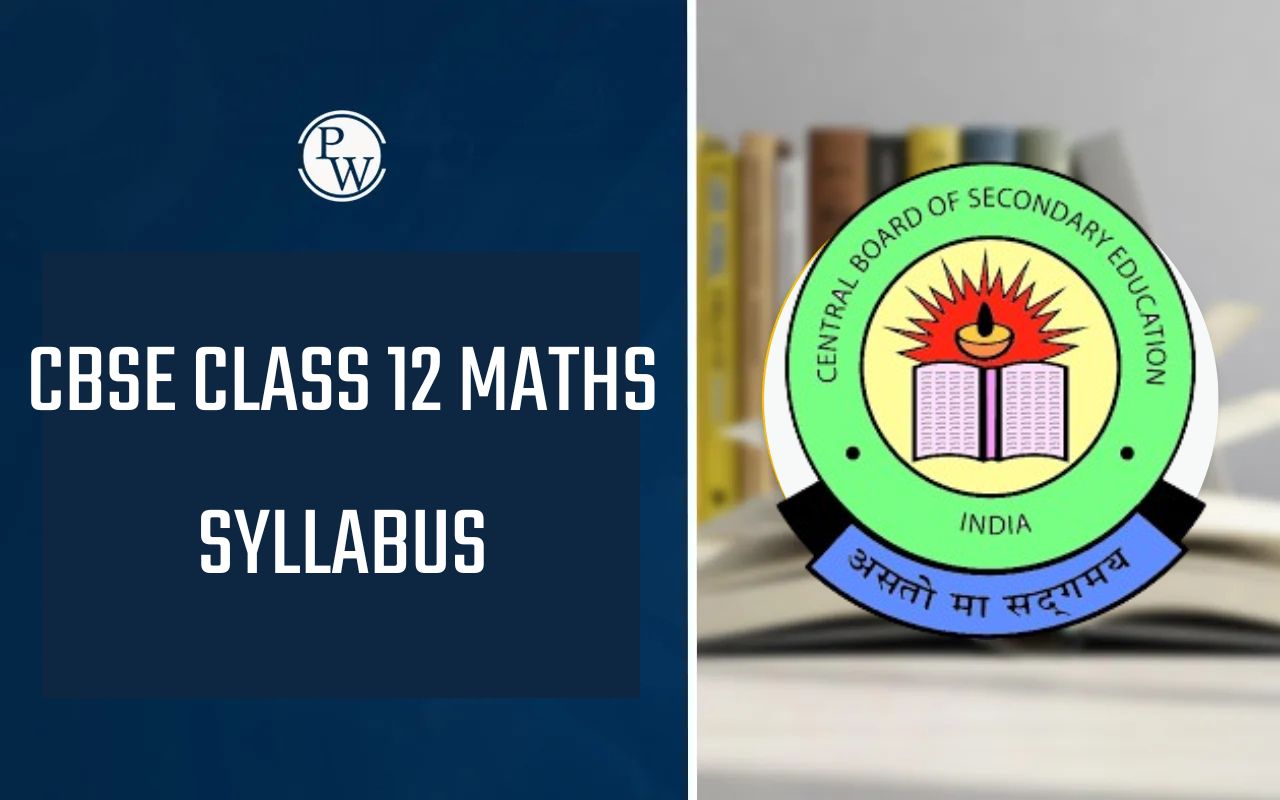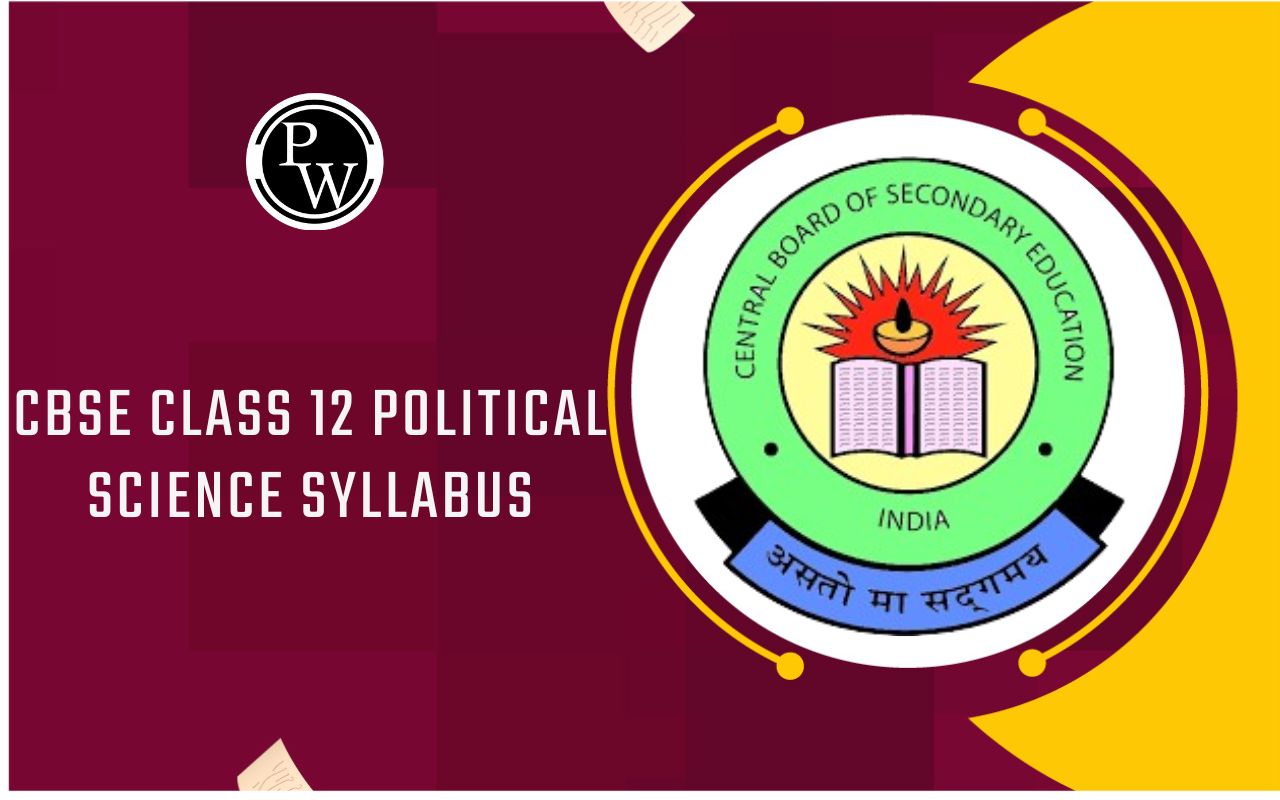
NCERT Solutions for Class 12 Biology Chapter 5: Chapter 5 of Class 12 Biology titled Molecular Basis of Inheritance explains how genetic information is passed from one generation to the next. It starts by introducing DNA as the genetic material in living organisms.
The structure of DNA is described as a double helix, made up of units called nucleotides, which consist of a sugar, phosphate group, and nitrogenous bases (adenine, thymine, cytosine, and guanine). The chapter then explains how DNA replicates, or makes a copy of itself, to ensure genetic information is passed on. It also covers the processes of transcription (where DNA is used to make RNA) and translation (where RNA is used to make proteins). The chapter further explains how mutations in DNA can affect traits and lead to variation in organisms. Overall this chapter helps students understand how DNA works to control heredity and the functioning of cells.NCERT Solutions for Class 12 Biology Chapter 5 Overview
Chapter 5 Molecular Basis of Inheritance in Class 12 Biology explain how genetic information is stored, passed on and expressed in living organisms. It explains the role of DNA (Deoxyribonucleic Acid) as the primary molecule responsible for inheritance. The key concepts of this chapter include:Structure of DNA : DNA is made up of two strands coiled into a double helix. Each strand is composed of nucleotides, which include a sugar (deoxyribose), phosphate group, and nitrogenous bases (adenine, thymine, cytosine, and guanine). The base pairing rule (A pairs with T, C pairs with G) is essential for DNA replication.
DNA Replication : DNA replication is the process by which a cell makes an identical copy of its DNA before cell division. This ensures that genetic information is accurately passed on to the next generation of cells.
Transcription and Translation :
- Transcription is the process where DNA is used as a template to create messenger RNA (mRNA). This mRNA carries genetic information from the DNA in the nucleus to the ribosomes in the cytoplasm.
- Translation is the process where the information in mRNA is used to synthesize proteins at the ribosome. Proteins are made up of amino acids, and the sequence of amino acids determines the structure and function of the protein.
Genetic Code : The chapter introduces the concept of the genetic code, which is a set of rules that dictate how the sequence of nucleotides in DNA determines the sequence of amino acids in proteins. The genetic code is universal, meaning it works the same in almost all organisms.
Mutation : Mutations are changes in the DNA sequence. They can occur naturally or due to environmental factors. Mutations can lead to variations in organisms and sometimes cause diseases.
NCERT Solutions for Class 12 Biology Chapter 5 PDF Download
The NCERT Solutions for Class 12 Biology Chapter 5 PDF provides detailed answers and explanations for the chapter Molecular Basis of Inheritance. You can access the PDF link below for easy download and offline study.NCERT Solutions for Class 12 Biology Chapter 5 PDF
NCERT Solutions for Class 12 Biology Chapter 5 Molecular Basis of Inheritance
Here is the NCERT Solution for Class 12 Biology Chapter 5 Molecular Basis of Inheritance:1. Group the following as nitrogenous bases and nucleosides:
- Adenine, Cytidine, Thymine, Guanosine, Uracil, and Cytosine.
Solution:
| Nitrogenous Base | Nucleosides |
|---|---|
| Adenine | Cytidine |
| Thymine | Guanosine |
| Uracil | |
| Cytosine |
2. If a double-stranded DNA has 20 percent of cytosine, calculate the percent of adenine in the DNA.
Solution:
As per Chargaff’s rule, DNA molecules must have an equal ratio of purines (adenine and guanine) and pyrimidines (cytosine and thymine). This means that the number of adenine molecules is equivalent to the number of thymine molecules. Also, the percentage of guanine equals the percentage of cytosine.- If the double-stranded DNA has 20% cytosine, it also has 20% guanine.
- Therefore, the combined percentage of guanine and cytosine is 40%.
- The remaining 60% consists of adenine and thymine, which are equal.
- Hence, the percentage of adenine = 30%.
3. If the sequence of one strand of DNA is written as follows:
- 5′ -ATGCATGCATGCATGCATGCATGCATGC-3′
Write down the sequence of the complementary strand in a 5’→3′ direction.
Solution:
The complementary sequence of the strand is obtained by replacing each base with its pair:- A pairs with T, T pairs with A, G pairs with C, and C pairs with G.
- 3′ – TACGTACGTACGTACGTACGTACGTACG – 5′
- 5′ – GCATGCATGCATGCATGCATGCATGCAT – 3′
4. If the sequence of the coding strand in a transcription unit is written as follows:
- 5′ -ATGCATGCATGCATGCATGCATGCATGC-3′
Write down the sequence of mRNA.
Solution:
In transcription, thymine (T) is replaced with uracil (U) in RNA. Therefore, the mRNA sequence corresponding to the coding strand is:- 5′ -AUGCAUGCAUGCAUGCAUGCAUGCAUGC-3′
5. Which property of the DNA double helix led Watson and Crick to hypothesize a semi-conservative mode of DNA replication? Explain.
Solution:
Watson and Crick proposed the semi-conservative model of DNA replication based on the observation that the two strands of DNA are complementary and anti-parallel. This means that each strand can serve as a template for the synthesis of a new complementary strand. Thus, during replication, each of the two strands would separate, and each would form a new complementary strand, resulting in two DNA molecules, each consisting of one old strand and one newly synthesized strand.6. Depending upon the chemical nature of the template (DNA or RNA) and the nature of nucleic acids synthesized from it (DNA or RNA), list the types of nucleic acid polymerases.
Solution:
The types of nucleic acid polymerases are:- DNA-dependent DNA polymerases
- DNA-dependent RNA polymerases
- RNA-dependent DNA polymerases
- RNA-dependent RNA polymerases
7. How did Hershey and Chase differentiate between DNA and protein in their experiment while proving that DNA is the genetic material?
Solution:
Hershey and Chase used radioactive isotopes to label DNA and protein separately. They used phosphorus-32 (32P) to label DNA and sulfur-35 (35S) to label proteins. After the bacteriophages infected E. coli bacteria, they found that the radioactive phosphorus entered the bacteria, indicating that DNA, not protein, was transferred and thus carried the genetic material.8. Differentiate between the following:
(a) Repetitive DNA and Satellite DNA
- Repetitive DNA : Sequences that are repeated several times in the genome. These sequences can vary in length from several base pairs to thousands.
- Satellite DNA : A subset of repetitive DNA, which consists of highly repetitive sequences and can be separated from bulk DNA by density gradient centrifugation.
(b) mRNA and tRNA
- mRNA : Serves as the template for protein synthesis, carrying the genetic information from DNA to the ribosome.
- tRNA : Carries amino acids to the ribosome during translation, matching the mRNA codon to the appropriate amino acid.
(c) Template Strand and Coding Strand
- Template Strand : The DNA strand that serves as the template for mRNA synthesis.
- Coding Strand : The DNA strand with the same sequence as the mRNA (except thymine is replaced with uracil in RNA).
9. List two essential roles of the ribosome during translation.
Solution:
- Ribosomes are the sites for protein synthesis, where amino acids are linked to form polypeptide chains.
- Ribosomes facilitate the attachment of tRNA, allowing the amino acids to align properly for peptide bond formation.
10. In the medium where E. coli was growing, lactose was added, which induced the lac operon. Why does the lac operon shut down sometime after the addition of lactose in the medium?
Solution:
The lac operon is activated when lactose binds to the repressor, inactivating it, allowing RNA polymerase to transcribe the operon. However, once lactose is metabolized and its concentration decreases, the repressor is synthesized again, binds to the operator region, and prevents RNA polymerase from transcribing the operon, thereby shutting it down.11. Explain (in one or two lines) the function of the following:
- (a) Promoter : A region of DNA where RNA polymerase binds to initiate transcription.
- (b) tRNA : An adaptor molecule that transfers specific amino acids to the ribosome during protein synthesis.
- (c) Exons : Coding sequences in DNA that are transcribed into mRNA and translated into proteins.
12. Why is the Human Genome Project called a mega project?
Solution:
The Human Genome Project is called a mega project because it aimed to map and sequence all the genes in the human genome, which took over 13 years to complete. The project had a massive scale and scope, contributing to advancements in genetics, biotechnology, and medicine.13. What is DNA fingerprinting? Mention its application.
Solution:
DNA fingerprinting is a technique used to identify and analyze variations in DNA sequences. Applications include:- Forensic identification (crime scene investigation).
- Establishing paternity or family relationships.
- Identifying genetic diversity in species.
- Preserving commercial strains of plants and animals.
14. Briefly describe the following:
- (a) Transcription : The process of synthesizing RNA from a DNA template, resulting in mRNA formation.
- (b) Polymorphism : Genetic variation in a population due to differences in DNA sequences.
- (c) Translation : The process where mRNA is decoded by ribosomes to synthesize a polypeptide chain.
- (d) Bioinformatics : The application of computational tools to analyze and interpret biological data, such as DNA sequences.
Benefits of Solving NCERT Solutions for Class 12 Biology Chapter 5
Clear Understanding of Concepts
- The chapter focuses on complex concepts such as DNA structure, replication, transcription, and translation. By solving the exercises, students can reinforce their understanding and improve their grasp of these crucial topics.
Enhanced Problem-Solving Skills
- The NCERT solutions provide step-by-step explanations for various problems, helping students develop problem-solving skills. It also allows them to understand how to approach different types of questions, especially in board exams.
Improved Exam Preparation
- Regularly solving NCERT problems helps students prepare for exams. It enhances their ability to answer questions accurately and efficiently, particularly in the context of the most commonly asked exam patterns.
- Repeated practice from NCERT solutions strengthens the foundation of biological concepts like the structure of nucleic acids, gene expression, and the regulation of genetic material, which are critical for higher studies in biology.
Better Retention
- Solving these questions encourages active learning. This active recall boosts memory retention, making it easier to recall key facts, processes, and principles during exams or discussions.
- The NCERT solutions mirror the format and structure of the exam. This helps students become familiar with the kind of questions that might appear in exams and how to approach them.
Boosts Confidence
- Solving problems and getting correct answers boosts confidence. With each problem tackled successfully, students build confidence in their knowledge and approach toward studying complex topics.
Time Management
- Practicing with NCERT solutions helps students learn to manage time efficiently. It teaches them how to solve questions within a limited timeframe, which is vital during exams.
Preparation for Competitive Exams
- Many competitive exams, like NEET, also test students on topics covered in the Molecular Basis of Inheritance chapter. Solving these exercises helps in better preparation for such exams as well.
NCERT Solutions for Class 12 Biology Chapter 5 FAQs
What is the structure of DNA?
What is the central dogma of molecular biology?
What is DNA replication?
What is transcription in molecular biology?










